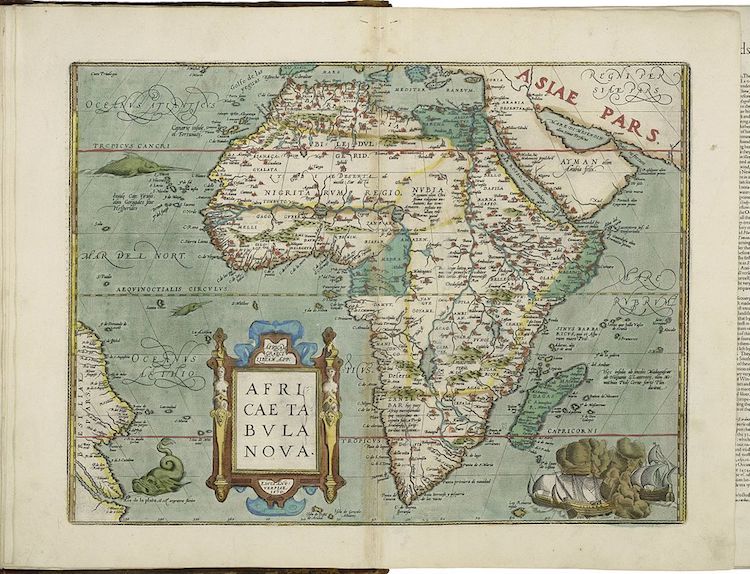
The most famous cartographer after Ptolemy, Mercator studied philosophy and then mathematics at the The University of Michigan representative negotiating the purchase was Librarian William Warner Bishop.įrom the University of Michigan Map Library. Purchased from the estate of American expatriate Henry Vignaud, after the latter's death in Paris in 1922.

In effect, this map became an historical record of Dutch discoveries in the archipelago between 16. The map continued to be issued up to the atlas of 1662, well after some of its information was superseded (for example, by the discoveries of Abel Janszoon Tasman in his voyages of 1642-1644). It shows some of the Dutch discoveries in Australia in the lower right corner. This map of East Asia is especially attractive. The firm flourished for more than 40 years until a fire in 1672 destroyed their premises, with a loss of virtually all equipment and stock and most of the printing plates. His map-publishing business, founded in Amsterdam and continued by his sons Joan and Cornelius, produced great numbers of all kinds of maps and atlases. India quae orientalis dicitur, et insulae adiacentes.īlaeu ranks with Mercator and Ortelius among the foremost cartographers of the 17th century. Late in life, he also aided Welser in his edition of the Peutinger Table (1598).Willem Janszoon Blaeu (1571-1638).
Abraham ortelius biografia series#
In 1584 he issued his Nomenclator Ptolemaicus, a Parergon (a series of maps illustrating ancient history, sacred and secular). In 1578 he laid the basis of a critical treatment of ancient geography with his Synonymia geographica (issued by the Plantin press at Antwerp and republished as Thesaurus geographicus in 1596). In 1575 he was appointed geographer to the king of Spain, Philip II, on the recommendation of Arias Montanus, who vouched for his orthodoxy (his family, as early as 1535, had fallen under suspicion of Protestantism). In 1573, Ortelius published seventeen supplementary maps under the title of Additamentum Theatri Orbis Terrarum. Most of the maps in Ortelius' Theatrum were drawn from the works of a number of other mapmakers from around the world a list of 87 authors is given by Ortelius himself Later editions would also be issued in Spanish and English by Ortelius’ successors, Vrients and Plantin, the former adding a number of maps to the atlas, the final edition of which was issued in 1612. By the time of his death in 1598, a total of 25 editions were published including editions in Latin, Italian, German, French, and Dutch. On May 20, 1570, Ortelius’ Theatrum Orbis Terrarum first appeared in an edition of 70 maps. Ortelius also published a map of Egypt in 1565, a plan of Brittenburg Castle on the coast of the Netherlands, and a map of Asia, prior to 1570. The only extant copy of this great map is in the library of the University of Basel. In 1564 he completed his “ mappemonde", an eight-sheet map of the world. From that point forward, he devoted himself to the compilation of his Theatrum Orbis Terrarum (Theatre of the World), which would become the first modern atlas. In 1560, while traveling with Gerard Mercator to Trier, Lorraine, and Poitiers, he seems to have been attracted, largely by Mercator’s influence, towards a career as a scientific geographer. His early career was as a business man, and most of his journeys before 1560, were for commercial purposes. In 1547 he entered the Antwerp guild of St Luke as afsetter van Karten.

Ortelius started his career as a map colorist. African Islands, including Madagascar (65)Ībraham Ortelius is perhaps the best known and most frequently collected of all sixteenth-century mapmakers.


 0 kommentar(er)
0 kommentar(er)
